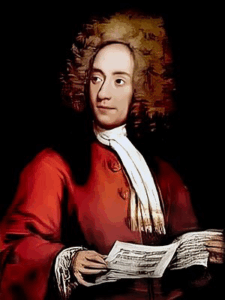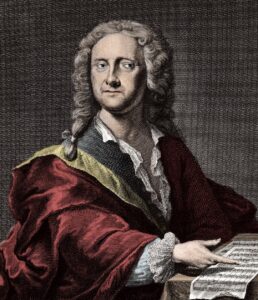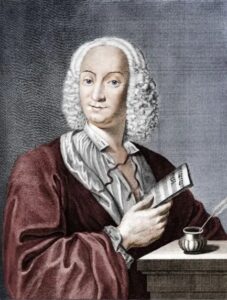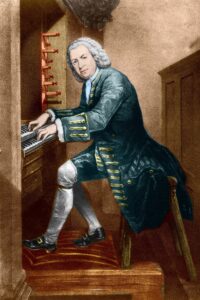



One of my favorite concerts during the Bachfest was “Bach Assimiliert III” in the Evangelisch Reformierte Kirche, featuring works not only by Bach but also by many of his contemporaries, including Telemann, Albinoni, Prince Johann Ernst, and Vivaldi. Most principally, I found this concert very enjoyable because it was a change of pace from the very harmonically dense sacred music I had been listening to for the past few weeks, and instead offered the much more relaxed music of the courts. I especially enjoyed the opening Telemann Suite TWV 55:Es4 as it gave me the exposure to French dances I had missed in the Cello Suite concert. Of the seven dances (+ ouverture and air) exhibited in the suite, I would have to say the two bourees were my favorite, as they were built on very similar motives but had completely contrasting characters. The bubbling of growing excitement from the first bouree melting away into the more subdued second, reflecting on its former before erupting again in the same jubilance, was, for me, a perfect exhibition of Telemann’s compositional class.
Another noteworthy piece of the program was the work by Prince Johann Ernst, who died at just 19 years old. I found, much like with a lot of Mendelssohn’s works, that you could hear the youthfulness in the music, but there was still a substantial degree of refinement in the composition. Aside from this, it was nice to hear a work from Albinoni and a concerto from Vivaldi’s L’estro armonico, which I would say is my favorite collection for Vivaldi’s violin concertos. Finally, I appreciated how, despite being played on modern instruments and bows, the performers did observe the music from a historically informed view, using vibrato sparingly and adding ornamentation when appropriate.
Overall, I found it very illuminating to hear works from a wide range of composers in the same time period alongside Bach to listen to the similarities and differences highlighted by each composer in comparison. It was a great reminder that Bach was not alone in the “island of compositional might” that some of us put him in, but rather, he was also inspired by many of his contemporaries and sought to replicate their success in his own music.